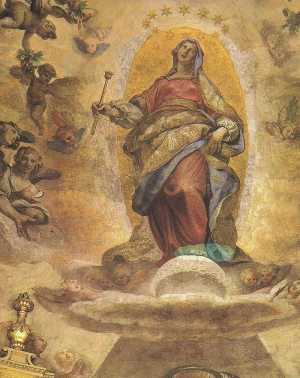
La Luna che sconvolse l'arte sacra
Il 1610 rappresenta un anno decisivo per la rivoluzione culturale europea: quest'anno, infatti, vedrà la pubblicazione del “Sidereus Nuncius”. Galileo, padre della scienza moderna, fu il primo a puntare sulla Luna un telescopio capace di dare immagini nitide, ed evidenziare delle ombre, che egli interpretò correttamente come asperità della superficie del satellite. Egli distinse correttamente tra irregolarità concave e convesse a seconda delle ombreggiature che esse presentavano rispetto alla provenienza della luce del Sole, mostrando la capacità, propria del pittore, di vedere nelle ombre la solidità delle forme, (secondo Panofsky, essa gli derivò proprio dall'essere un pittore dilettante). Per questo Galileo trovò opportuno confrontarsi con un uomo che fece della pittura il suo mestiere, che fu un grande cultore della prospettiva, ma soprattutto che fu suo grande amico: Ludovico Cigoli.
The portal
ARTIS AES is the first portal that offers at the same time consulting, brokerage and buying and selling services in the art world.
Therefore we offer special services for identifying investment opportunities in the art world, with the aim of guaranteeing the right price for the artwork to buyers and sellers.



